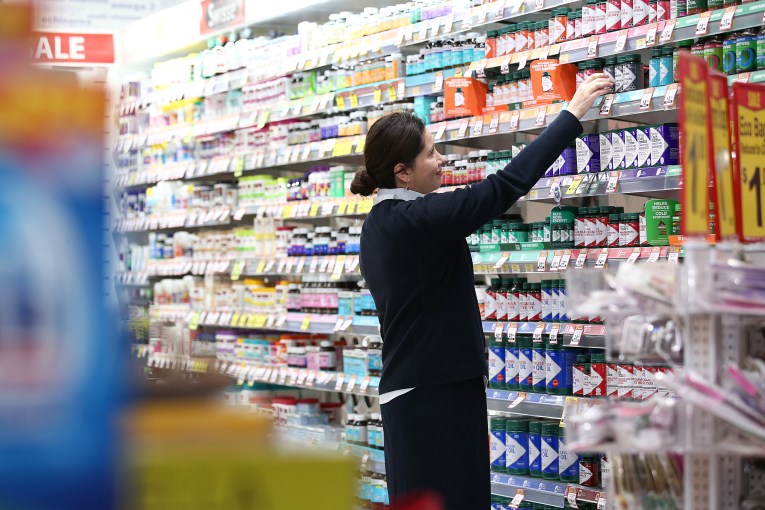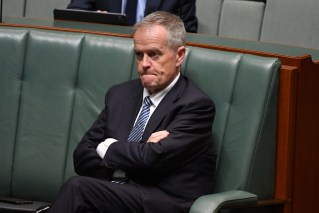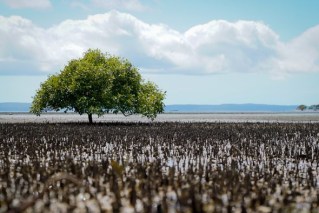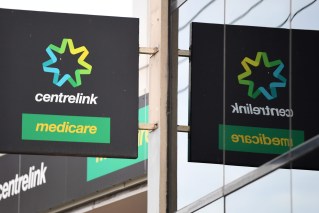ACCC says we’re paying more for our natural gas than export price
Queensland LNG producers sold shipments to overseas buyers at prices below the those in Australia, according to the Australian Competition and Consumer Commission.

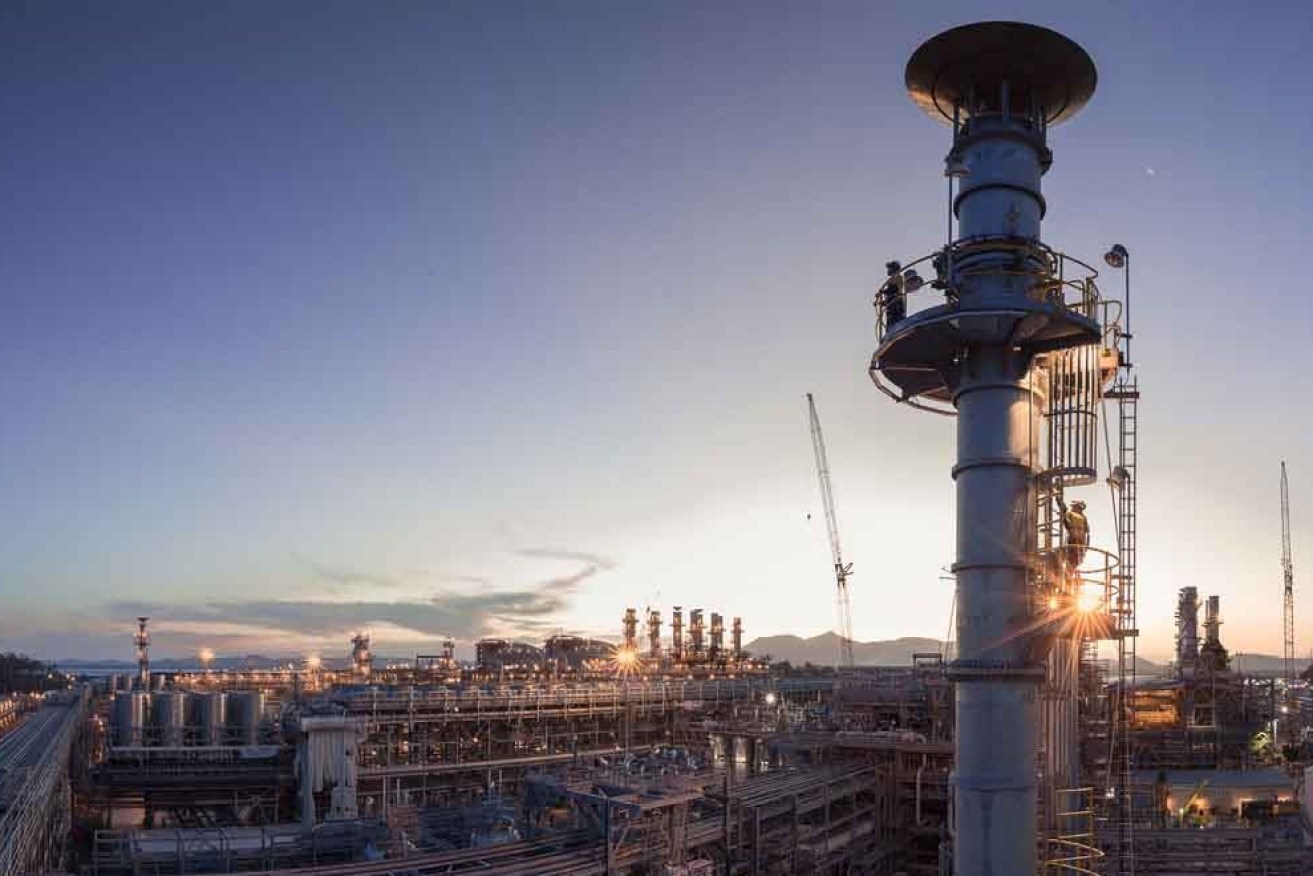
LNG prices were expected to plunge
In a report released today, the ACCC said Australia’s east coast gas users were paying prices significantly above export parity prices and it has called for the Federal Government to toughen its actions against the sector to ensure an adequate supply of gas at appropriate prices.
The ACCC has also recommended governments consider whether further measures were needed to see timely investment in north-south transportation infrastructure particularly, or import terminals on the east coast.
“The ACCC also recommends that governments seek to increase the diversity of suppliers when granting new tenements, as greater competition between suppliers would be more likely to bring down domestic prices. Measures such as active tenement management should also be used to ensure producers bring gas to market in a timely manner,” it said.
It said the prices offers to domestic gas users in late 2019 and early 2020 ranged from $8 to $11 a gigajoule.
“While this was down slightly from the $9 to $12/GJ range observed earlier in 2019, this price decline was not in line with the significant and sustained drop in LNG netback prices, which were for 2021 delivery below $6/GJ by early 2020 and have been below $5.50 since May,” the ACCC said.
An LNG netback price is a measure of an export parity price that a gas supplier can expect to receive for exporting its gas. It is calculated by taking the price that could be received for LNG and subtracting or ‘netting back’ the costs incurred by the supplier to convert the gas to LNG and ship it to the destination port.
“The ACCC is very concerned with the widening gap between domestic and export parity prices, which will have an inevitable impact on Australia’s industrial sector during what is already a difficult economic period,” ACCC chair Rod Sims said.
“Queensland LNG producers sold 18 LNG spot cargoes into international markets in late 2019 and early 2020, equivalent to more than 10 per cent of annual domestic east coast demand. This gas was sold at prices substantially below domestic gas price offers, showing the importance of our continuing work to understand the drivers behind the price levels we are seeing across the domestic market.”
“It is also clear that recent Australian contract gas prices do not reflect overseas forward prices.”
“I am yet to hear a compelling reason from LNG producers as to why domestic users are paying substantially higher prices than buyers in international markets.”
“When we have lower gas prices around the world, and the Australian market linked to world gas markets, it is vital that Australian gas users get the benefit.”
The ACCC recommends the extension of the existing Commonwealth Government’s heads of agreement with LNG producers, due to expire at the end of 2020, because of the demonstrated capacity of LNG producers to supply additional gas into the domestic market when needed.
Under the agreement, LNG producers committed to offer sufficient gas to the domestic market to meet expected shortfalls in 2018 and 2019 and to offer uncontracted gas on competitive market terms before offering it to the international market.
“As well as extending this heads of agreement, we think the government should consider strengthening the agreement’s price commitments,” Sims said.
“For example, reference could be made to LNG netback price expectations and the prices LNG exporters could expect to receive for uncontracted gas in overseas markets over the relevant period.”
“Extending the heads of agreement is one measure that can be adopted now. Further measures are also needed to ensure adequate supply of appropriately priced gas over the longer term,” Sims said.
Australia’s east coast gas market is expected to have sufficient supply in 2021, with the LNG producers in particular having surplus gas, but the risk of a shortfall in the southern states in the medium term has increased, the ACCC’s report finds.
More than 20 per cent of southern states’ production in 2021 is expected to come from undeveloped “2P”, or proven and probable, reserves. At the same time last year, only eight per cent of southern supply had been forecast to come from undeveloped 2P reserves in 2020.
“The impacts of COVID-19 and the collapse in oil prices are being felt at all levels of the gas supply chain, and they have highlighted key areas of dysfunction in the market,” Sims said.
“The cumulative effect on gas users is significant and exacerbates the difficulties being experienced by many commercial and industrial users.”
